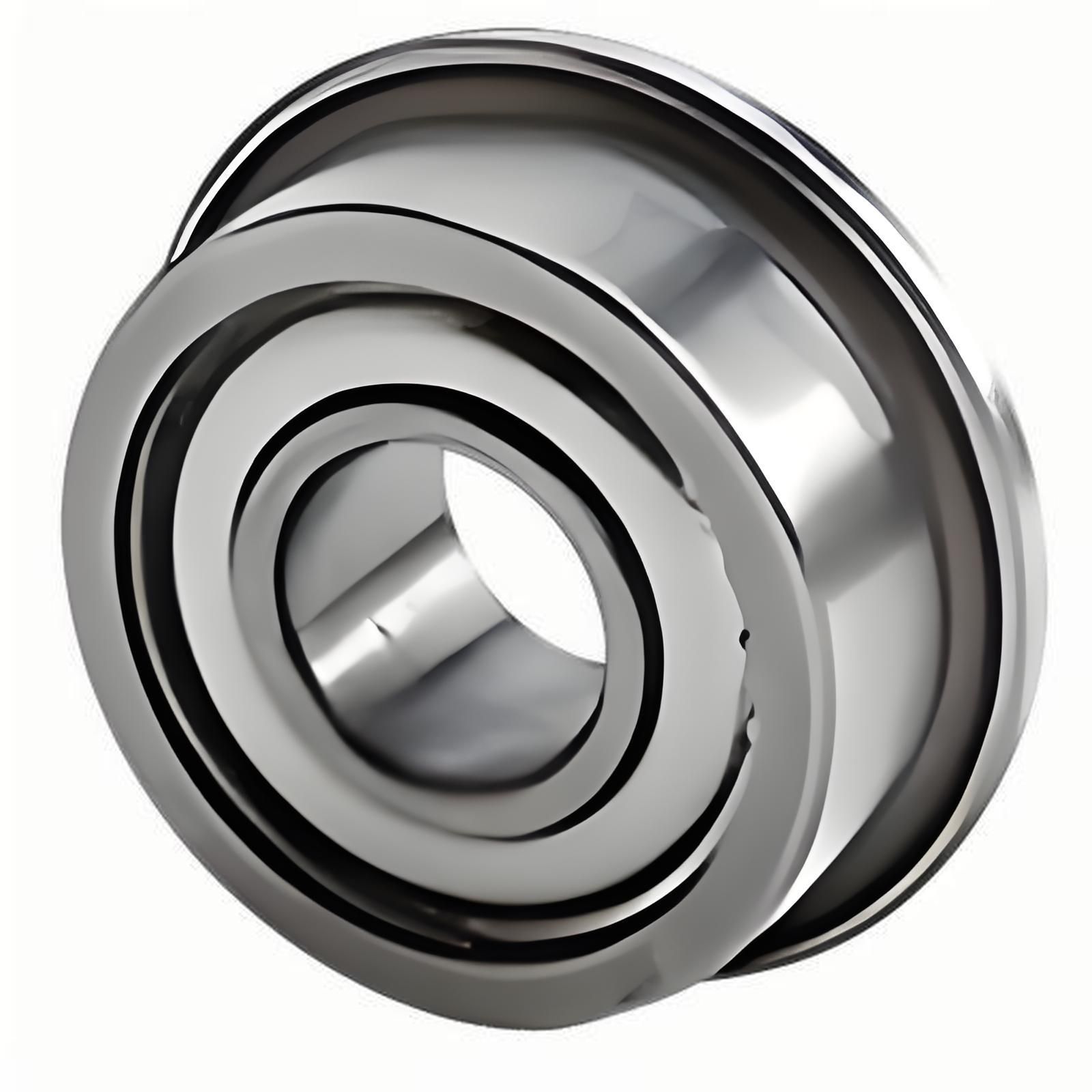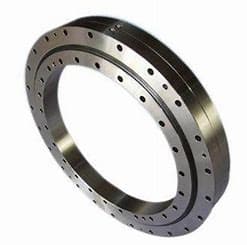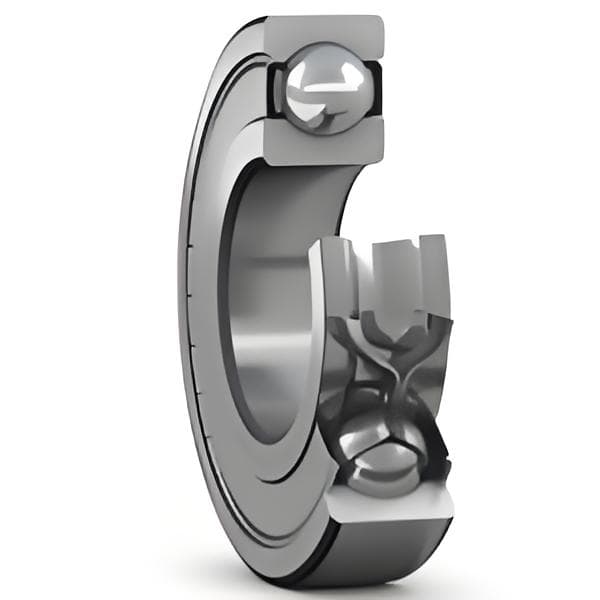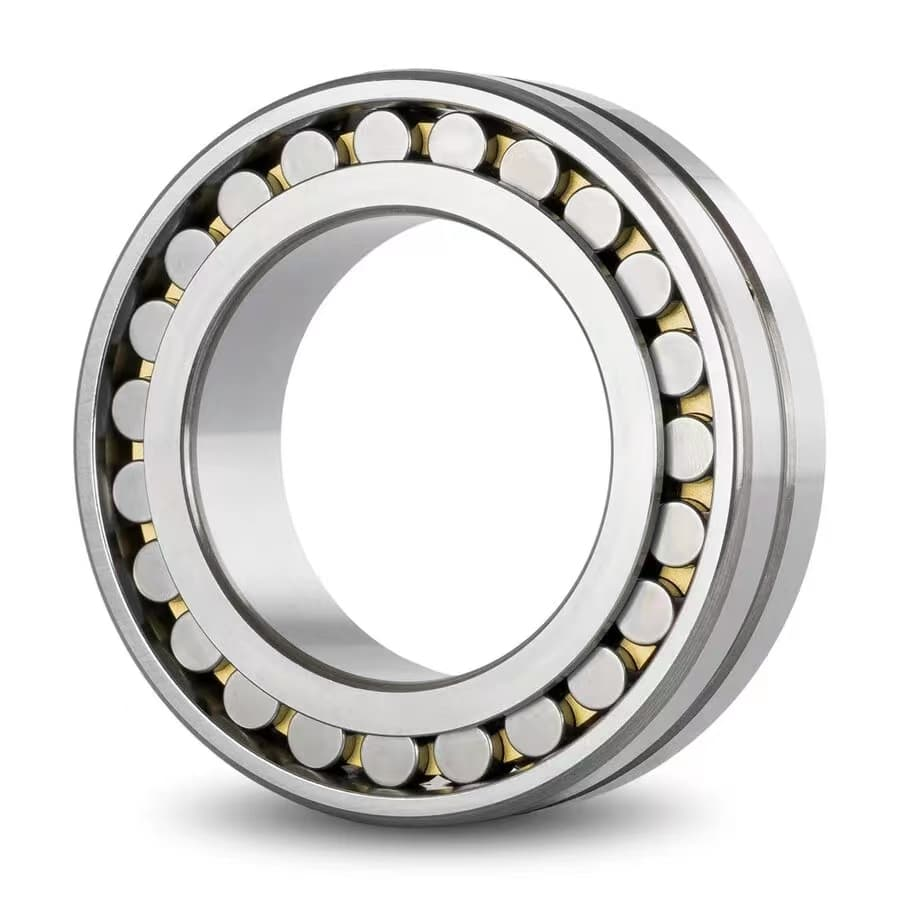Dental Bearings: Key Differences Explained
Dental bearings are precision-engineered components inside high-speed dental handpieces that reduce friction and ensure smooth operation. Choosing...
9 min read
 Richard
:
Aug 27, 2025 11:35:18 PM
Richard
:
Aug 27, 2025 11:35:18 PM

Dental bearings are the unsung heroes of dental handpieces, powering smooth rotations at speeds of up to 300,000 RPM. But are you using them to their full potential? These tiny components play a crucial role in the efficiency, precision, and durability of your handpieces. They impact every procedure you perform.
Quality bearings ensure that your dental tools operate at their best. They provide the reliability and speed needed for flawless results.
However, neglecting the importance of high quality bearings can have serious consequences. Low-quality or worn-out bearings can cause increased friction and reduce the lifespan of the handpiece. This can lead to poor handpiece performance, which may affect your treatment outcomes. A small issue with your bearings could lead to more frequent repairs, delays, and unnecessary downtime.
To make sure your handpieces deliver top-notch performance every time, it’s essential to optimize the bearings inside. Want to learn how to extend the life of your dental equipment and improve its efficiency? Keep reading for actionable tips on maintaining your bearings and ensuring your handpieces continue to perform at their best!
Dental bearings are vital components that enable the smooth and efficient rotation of burrs and tools in dental handpieces. These bearings support and ensure precision for the handpiece's rotor or turbine. This allows it to spin at high speeds, which is essential for tasks like drilling, cutting, and polishing.
In high-speed handpieces and turbines, dental bearings withstand extreme speeds of up to 300,000 RPM or more. They ensure smooth rotation of burrs and tools with minimal friction, allowing for precise control and effective material removal. The quality of these bearings impacts the handpiece's performance, precision, and lifespan. Poor bearings can cause vibrations, noise, or even damage the tool over time.
By keeping the bearings in high-speed turbines in good condition, dental professionals ensure their handpieces work efficiently. This also helps extend the lifespan of the tools. Quality bearings are key to preventing overheating, reducing wear, and ensuring the precision needed for modern dental procedures.
Ceramic bearings are an excellent choice for high-speed dental applications because of their unique properties:
Stainless steel bearings are a cost effective and durable option for lower-speed dental applications:
When choosing the right bearing material for dental equipment, consider the tool's speed and how often it needs sterilizing. Also, think about the environment it will be used in. Also, consider your budget to find the best option for both performance and cost.
Ceramic bearings are ideal for high-speed tools like handpieces and turbines. They offer low friction, heat resistance, and a long lifespan. Stainless steel bearings are better suited for lower-speed tools like polishing handpieces. They offer durability at a more affordable price.
Both ceramic and stainless steel bearings resist heat and corrosion, making them great for frequent sterilization. However, ceramic bearings are better for extreme conditions.
If you're looking to save costs, stainless steel bearings are a great option for everyday tools. Ceramic bearings are a smart investment for high-performance tools that are used frequently. Choosing the right material for your tools helps ensure better performance and longer life.
When choosing bearings for dental equipment, consider factors like speed, sterilization, and environment. LILY Bearing offers both stainless steel and ceramic bearings. Ceramic bearings are ideal for high-speed tools because of their heat resistance and long lifespan. Stainless steel bearings are cost-effective for slower tools.
Both types resist heat and corrosion, making them suitable for frequent sterilization. However, ceramic bearings perform better in tough conditions. Choosing the right bearing ensures better performance and longer-lasting equipment.
Precision manufacturing ensures that bearings are made with exact measurements, smooth surfaces, and correct alignment. This reduces friction and wear, helping the bearing run smoothly and last longer. It also spreads the load evenly, preventing damage. This is especially important for high-performance tools, like dental equipment, where smooth, reliable operation is essential.
Reputable suppliers like LILY Bearing use advanced techniques to make high-precision dental bearings. These include CNC machining for accurate shaping, automated grinding for smooth surfaces, and laser measurements for tight tolerances. They also use thermal treatment to make bearings stronger and cleanroom environments to avoid contamination. These methods ensure the bearings are efficient, durable, and perfect for high-speed dental tools.
Both ball and angular contact bearings help dental equipment work smoothly and last longer. Ball bearings are used in everyday tools, while angular contact bearings are for high-performance equipment.
Proper lubrication helps dental bearings work smoothly by creating a thin layer of oil or grease between moving parts. This reduces friction, preventing damage from metal parts rubbing together. Lubrication also keeps the bearing cool, preventing heat buildup. By reducing friction and wear, lubrication helps dental bearings last longer and perform reliably in dental equipment.
In short, oil-based lubrication is best for high-speed tools. Dry lubrication is better for tools that need less maintenance or where cleanliness is important.
High-speed bearings are essential for dental handpieces that run over 300,000 RPM. These bearings help the handpiece spin smoothly and efficiently, even at such high speeds. Without quality bearings, the handpiece could suffer from friction, heat buildup, and wear, leading to poor performance and damage.
These bearings also ensure precision. At speeds this fast, every movement must be smooth and stable to ensure accurate and safe dental work. High-speed bearings help reduce vibrations and keep the handpiece working consistently.
In short, high-speed bearings are key to making sure dental handpieces work well, last longer, and provide precise results.
Precision bearings improve the patient experience by making dental handpieces quieter and smoother. They reduce friction and vibrations, which helps limit noise. This creates a more comfortable and less stressful environment for the patient.
With smoother operation, the handpiece also works more accurately, reducing discomfort and improving the speed of the procedure. This means a more pleasant experience for the patient, with less noise and better performance from the equipment.
Ceramic materials are perfect for high speed dental handpieces because they can handle the extreme conditions. They resist heat, friction, and corrosion, which helps the handpiece run smoothly at speeds over 300,000 RPM. Ceramic bearings reduce friction, making the tool faster and quieter. They also don't overheat easily and last longer, which makes them a great choice for high-performance dental equipment.
Lubrication is key to making bearings last longer. It reduces friction and wear by creating a protective layer between the moving parts. This helps prevent overheating and damage, keeping the bearing running smoothly.
Without proper lubrication, bearings wear out faster, causing equipment to perform poorly. Using the right lubricant regularly helps the bearing last longer and keeps dental tools working well.
Here’s a table outlining common problems with dental bearings and how to address them:
|
Problem |
Cause |
Solution |
|
Overheating |
Lack of lubrication or excessive friction |
Apply proper lubricant and perform regular maintenance. Verify the proper assembly and alignment. |
|
Noise |
Damaged bearings or lack of lubrication |
Conduct a thorough inspection of the bearings for any cracks or signs of wear. Ensure they are adequately lubricated, and replace them if found to be damaged. |
|
Rough Operation |
Dirt, debris, or bearing wear |
Clean the bearing regularly and replace if worn out. |
|
Vibration |
Misalignment or damaged bearings |
Check handpiece alignment and replace damaged bearings. |
|
Excessive Wear |
Poor-quality bearings or insufficient lubrication |
Use high-quality bearings and ensure proper lubrication and maintenance. |
To choose a reliable OEM supplier for dental bearings, look for one with experience and positive reviews. Additionally, ensure they have quality certifications, such as ISO. They should offer customized solutions, fast delivery, and competitive prices.
A trustworthy supplier also offers reliable technical support and adheres to industry standards. This ensures you receive durable, high-quality bearings for your dental equipment.
LILY Bearing is a trusted supplier of high-precision bearings for dental equipment. They provide durable, reliable bearings that ensure smooth and long-lasting performance for dental tools. This makes them an excellent choice for high-speed handpieces and other dental applications.
Ball bearings are commonly used in dental tools for smooth rotation with low friction. Angular contact bearings are used in high-speed dental equipment, such as turbines. They handle both radial and axial loads, improving performance.
Dental bearings wear out faster because of factors like high speed, heavy load, poor lubrication, and harsh conditions. Replace bearings if you hear unusual noise, feel vibration, notice slower performance, or see overheating.
Ceramic materials offer low friction and high heat resistance. They are durable, making them ideal for high-speed applications. This includes dental turbines, which often exceed 300,000 RPM. Ceramic bearings extend lifespan and ensure smooth, reliable operation.
To prevent premature wear of dental bearings, clean handpieces regularly and apply proper lubrication. Additionally, inspect the bearings for signs of damage. Additionally, store them in a clean, dry place and avoid overheating to ensure optimal performance and longer lifespan.
To keep dental bearings working well, choose the right materials, like ceramics for high speeds, and ensure they are made with precision. Regular lubrication and maintenance help extend their life and prevent damage. Also, working with a trusted supplier like LILY Bearing ensures you get high-quality bearings for your dental tools.
Check the performance of your current bearings and consider upgrading to improve your dental equipment. High-quality bearings can make your tools work better and last longer. Talk to trusted suppliers like LILY Bearing for the best options.

Dental bearings are precision-engineered components inside high-speed dental handpieces that reduce friction and ensure smooth operation. Choosing...

Dental handpieces play an important role in dental procedures. Dental bearings ensure precise performance, extend the handpiece's lifespan, enhance...

Dental bearings, though small, are vital in dental handpieces, crucial for effective and efficient procedures. These bearings offer significant...